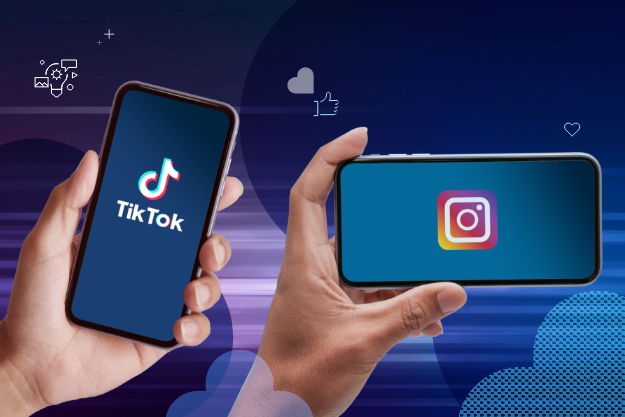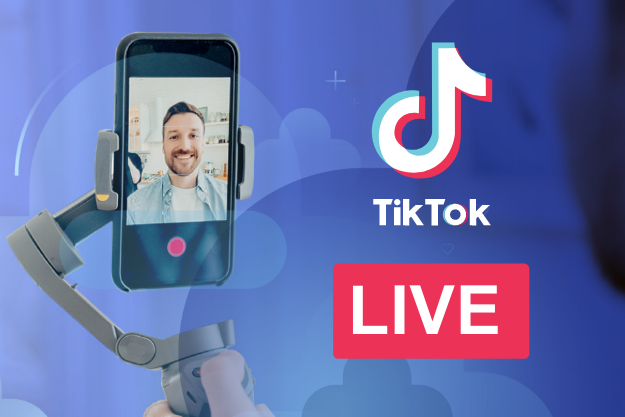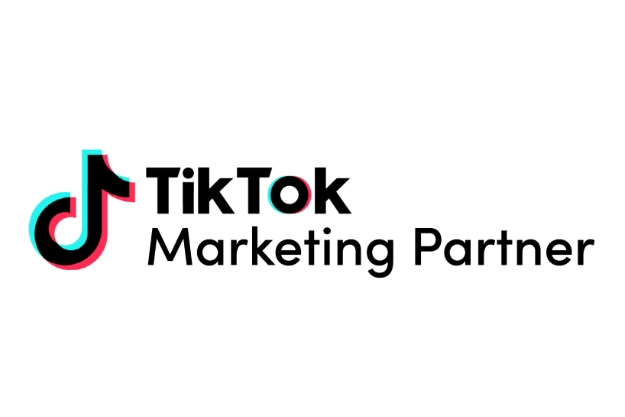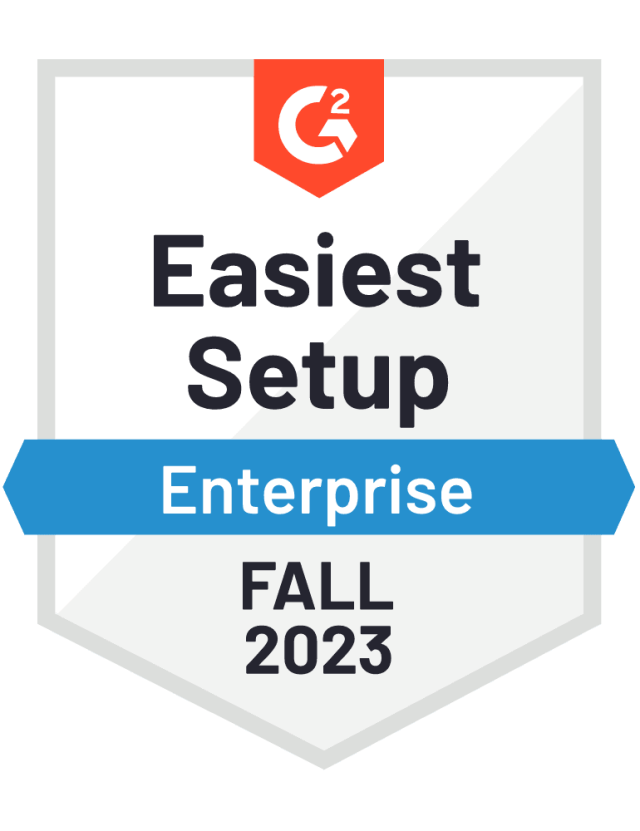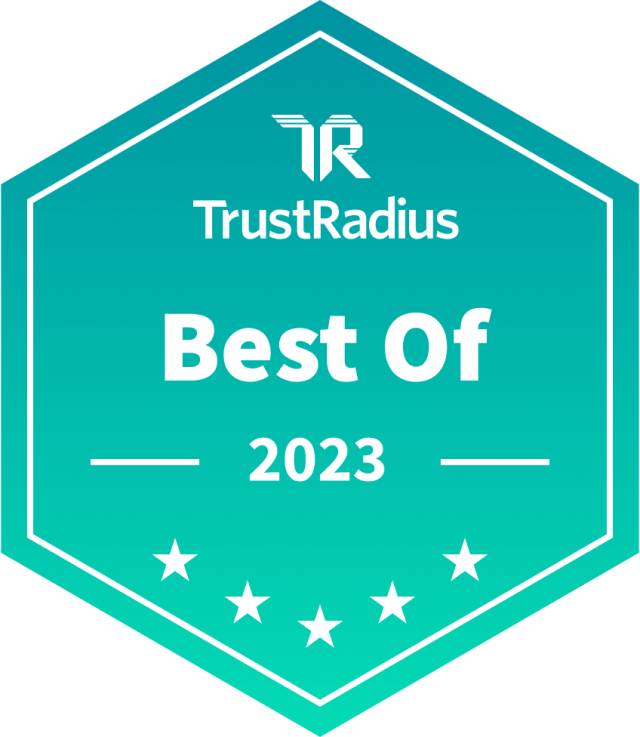The hottest social media app on the market is TikTok, where it’s estimated that there are a billion active users as of February 2021.
It’s not hard to see why – Alex Williams, founder of Hosting Data UK, shares his observations about the app in regards to the impact it has on its younger user base: “[The app] has made internet stars out of local teens and young adults next door, with this market using the app from everything from seeing entertaining videos, joining challenges, and even learning about stock trading platforms and other educational content available in bite-sized pieces. It’s YouTube, but for short-form content.”
Because of the app’s popularity among younger demographics, brands have been flocking to the app in a bid to reach this coveted and often difficult-to-engage market
The majority of TikTok’s user demographic in the United States consists of teens and young adults between the ages of 18-30, and because they’re one of the most active and engaged groups in the digital space the app is one of the most effective platforms for companies looking to engage younger audiences – especially through TikTok influencer marketing campaigns.
Influencer marketing is one of the most popular strategies a brand can adopt in the age of social media. It’s particularly valued by marketers for its great ROI (see below), and many consumers find content and recommendations from actual people, including influencers, preferable to overtly branded content.

So if you’re planning your own TikTok influencer strategy, here’s an important factor you’ll want to keep in mind: your campaign’s performance.
Because TikTok operates a little differently than other social media platforms, getting to know its analytics might take some time. But don’t worry – we’re here to demystify TikTok analytics for you so that you can measure your next TikTok influencer campaign with ease.
What metrics to track in TikTok Analytics
Like any social media platform, there are several metrics and performance indicators available on the app. While all of them are useful, we want to shed light on the 6 most important TikTok metrics you should be measuring when managing your TikTok marketing strategy.
Total number of videos published
The total number of videos published is a metric that shows how many videos an account has posted over a specified period of time – seems basic, but on a platform like TikTok this can often be your north star metric. Assuming your content is engaging and audiences find it entertaining/informative, the number of TikToks you publish will correlate greatly with your accounts growth and impact.
Over time, you’ll be able to toggle your timeframe and see a percentage that shows how much the account’s activity on the app has increased or not. A positive rate means the account’s activity is steadily growing, which is a good metric for TikTok creators to have.
When looking at your influencer or partner accounts, this metric is critical as well because even if you are only providing the budget for a few pieces of content, it’s important that the influencers you partner with are actively and consistently drawing an audience.
Average engagement rate per post
Engagement is a big part of measuring the success of any social media campaign, and the Average Engagement Rate/Post metric is a critical overview that gives a glimpse into your campaign’s performance at every level so you can adjust your strategy accordingly (What trends are worth joining in on when it comes to your brand’s target audience? What types of videos are resonating and what types aren’t when looking at sponsored posts from influencers?)
Engagement refers to meaningful interactions people have with your TikTok videos, including likes and comments. Of course, the higher the engagement rate, the better.
Over time, you’ll be able to compare engagement rates over a previous period and assess whether or not your engagement rate is improving, and diagnose why or why not.
When working with influencers, you can use their average engagement rate per post as a metric to vet whether or not they would be worth the ROI - an influencer with a smaller audience but a higher engagement rate could be a far better investment than a more prominent influencer with millions of fans.
As you review a TikTok campaign’s performance, reach and engagement metrics will allow you to make informed assumptions regarding the number of people converted into paying customers via your efforts.
Tracking and monitoring conversions and revenue increases that likely resulted from social media campaigns is critical to the success of your social marketing strategy. In regards to paid advertisements where exact attribution is possible, the use of a financial reporting application like FreshBooks is necessary to get a precise measurement of ROI.
Total follower evolution, follower evolution percentage
Total follower evolution is the number of followers you’ve gained over a 30-day period. This is a key metric to track when working with TikTok influencers, as you can see if they’re constantly growing their accounts as well so you partner with creators that can provide good ROI well into the future.
It’s critical to note that TikTok does not work like most social media applications – the application’s algorithm is not chronological and if a piece of content performs well over time, it will continue to be shown to users long after the initial publish date. This means that by investing and partnering with creators who are rapidly growing their audiences, the ROI of your influencer marketing campaigns can increase over time.
Meanwhile, follower evolution percentage also shows how much your follower growth has evolved, but it’s presented as a percentage. Generally, you’ll want this number to stay above 0% as that alone means you’re gaining more followers faster even as time goes by. The higher the percentage, the faster your growth in that 30-day growth period.
This percentage only compares your data from the previous 30 days, so if you want to check your evolution in a span of a few months or a year, you’d best download each month’s data and plot them out on a separate spreadsheet for easy measurement and tracking.
Follower growth
The follower growth metric is a specific indicator that can tell you how your account is growing on shorter time frames, even hour by hour.
If your brand is on TikTok, this is a metric to look out for when analyzing your content strategy. If you notice a spike in follower growth multiple times throughout the day, make sure to identify which pieces of content have had corresponding increases in views/engagement.
The spikes in your follower growth graph will let you know which of your recently posted videos are doing well on the app and driving engagement and gaining followers. With these insights, you can double down on what’s working and try to fix what’s not. This same logic applies when working with influencers – monitor the relationship between your follower growth and the reach and engagement of influencer content (make sure that influencers are tagging your main profile when posting sponsored content).
If working with multiple influencers, you can ask one to post their sponsored video on the first week of the month, and the next influencer to post on the following week. This gives enough leeway for you to isolate changes in your follower growth to individual partners.
Hashtag growth
Hashtag growth is a great way to track any branded hashtags you create for a campaign. For instance, you might tap different influencers for a branded challenge. If the challenge goes viral and gets loads of participation from other TikTok users, that’s a great sign of the performance of your created hashtag and overall campaign.
Apps like Tiklytics can tell you detailed statistics about each hashtag, including average views, comments, likes, shares, and the engagement rate that specific hashtags have garnered. But of course, because of the temporary nature of hashtags, it’s important to track hashtag growth more regularly that you would, say, follower evolution.
To see the best data for branded hashtag growth, monitor this metric closely and often.
Alternatively, you can use the hashtag growth metric to track the top-performing hashtags on the platform for ideas about the type of content to create and trends to follow. If the influencers you work with on TikTok use a set of recurring hashtags, it may be worth noting the growth of those as well.
Tag usage
Tag usage is a helpful metric when you’re trying to find related hashtags and want to see their performance on the app. For instance, “foryoupage” is a popular hashtag on TikTok, but a related and even more popular hashtag is “foryou.”
This indicator is particularly helpful for identifying hot trends on TikTok, so you can leverage these for virality. Alternatively, you can work with TikTok influencers that are using the app’s more popular hashtags in order to get your sponsored content out there within the tag’s context.
For a hashtag strategy, consider using a mix of both broad and niche tags. Broad tags can include things like “comedy” or “skit” while niche tags are more specific, such as “starbuckschallenge.”
You’ll want a healthy mix of hashtags for your posts in order to get seen by as wide an audience as possible without wasting impressions on audiences that won’t be interested in your business. Additionally, the tag usage section can help you identify which tags may be redundant or too cluttered for you to stand out in a meaningful way.
The takeaway
TikTok is a one-of-a-kind social media platform where the potential to go viral can skyrocket your brand’s reach and engagement. By pairing your brand’sTikTok strategy with the right influencers, monitoring the right metrics over time, and using these metrics to continuously improve on campaigns, your brand can find significant ROI on the hottest new social media platform (and develop a presence on the app before your competition!).
Editor's Note: This article was originally published on socialbakers.com. Any statistics or statements included in this article were current at the time of original publication.









